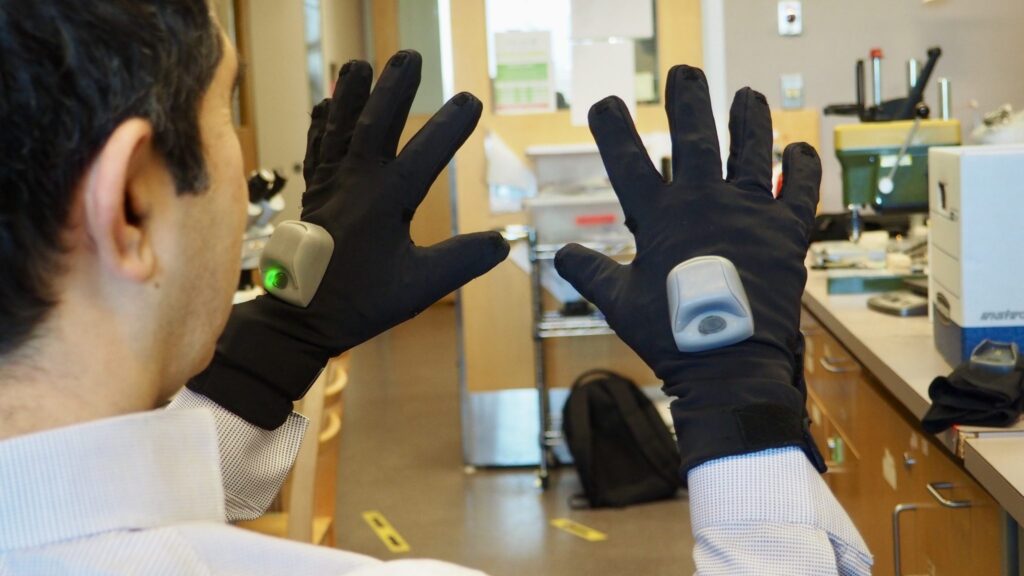This would be impossible for spastic fingers to get on. By only measuring movement you are working with high functioning stroke survivors, leaving all the rest with nothing.
Smart glove improves post-stroke rehabilitation – ICT and Health

Accordingly, exercise programs for the limbs can be customized and developed. The glove contains a very advanced network of sensing threads and pressure sensors. “With this glove we can record the patient's hand and finger movements without the need for cameras. This way we can better analyze and improve patients' exercise programs,” says the stroke rehabilitation specialist and professor of medicine at the University of British Columbia (University of British Columbia), Janice Engineer.
Sensors in smart gloves
The sensors are woven into the glove with a comfortable, stretchy fabric that makes it easy to capture and transmit data wirelessly. Using machine learning models, the team developed a glove that can accurately determine the angle of all joints and the wrist when in use. Technology that can track the smallest stretching and compression movements can predict the movements with more than 99 percent accuracy. The article about the new smart glove was recently published in the journal Nature Machine Intelligence published.
After removing the battery, the glove can be washed at low temperature. Production costs have taken the local market into account to keep costs as low as possible. The developers envision that the glove will also be introduced to the regular consumer market in the future. The team also envisions potential applications in, for example, virtual reality, augmented reality and robotics.
Other parties
In addition to the sensors in the smart gloves, the sensors also do a good job for other extremities such as the ankles. Researchers at North Carolina State University have developed a robotic prosthetic ankle that can provide stability to people who have had their lower limbs amputated. The ankle uses electromagnetic sensors that are placed on the torso muscles.
Even when we are standing, our leg muscles make many complex and unconscious movements to maintain balance and stay upright. The new robotic prosthetic ankle helps greatly with this and ensures that people are able to maintain good balance.
No comments:
Post a Comment